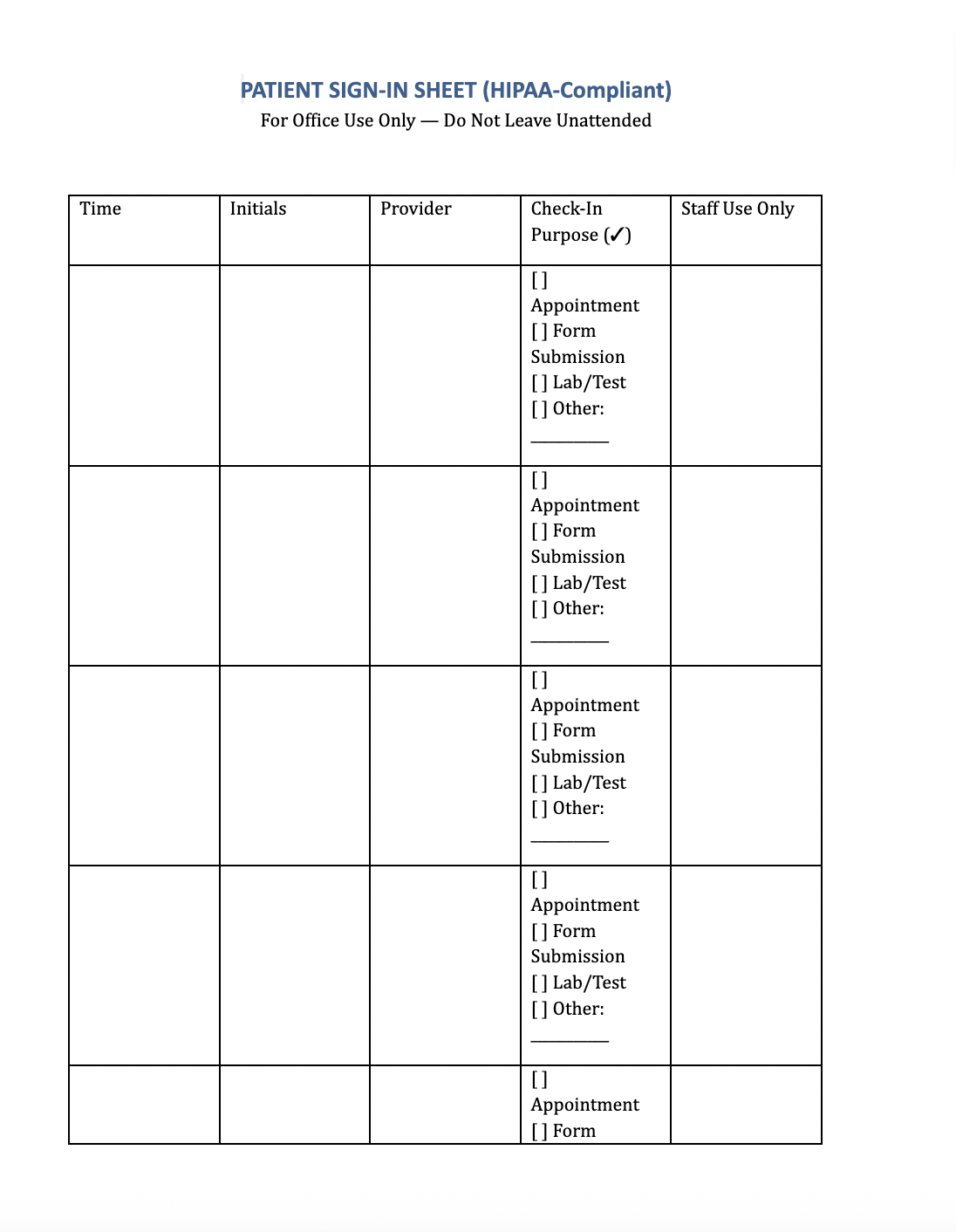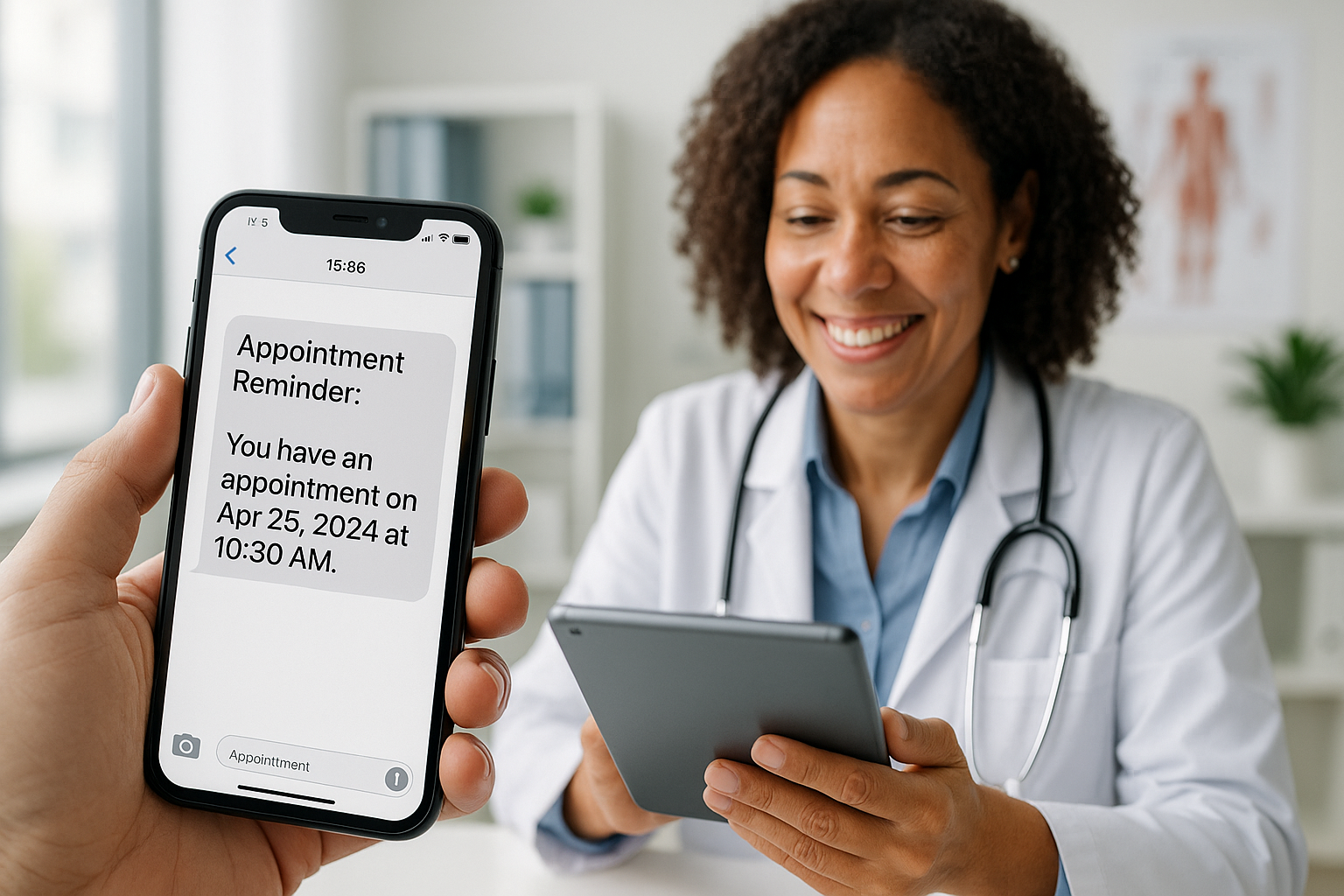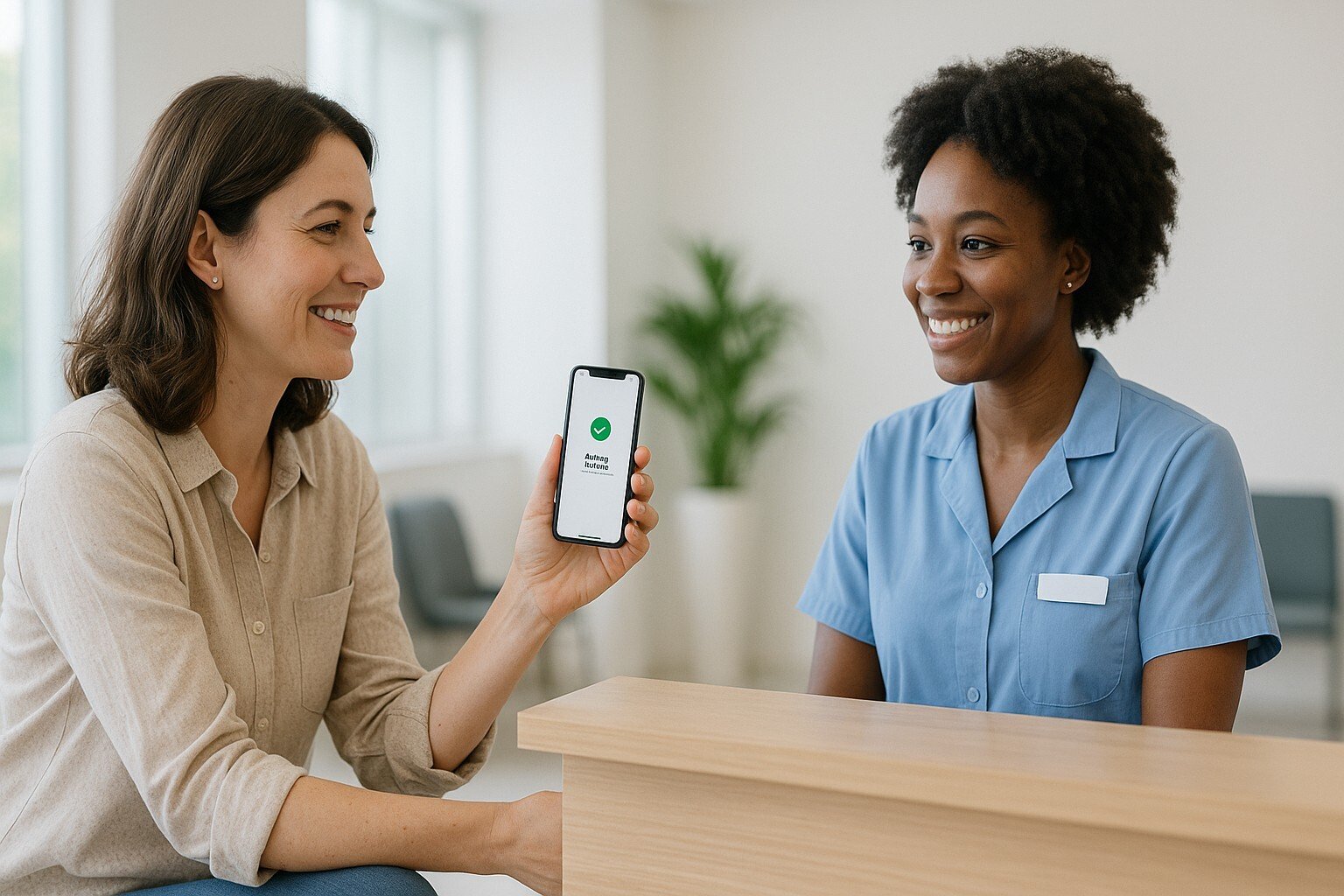Patient Sign In Sheet Printable
Clinics and other healthcare facilities utilize a patient sign in sheet printable to record the basic information of patients who come in for...
6 min read
Alvin Amoroso : 8/4/25 7:48 AM

A HIPAA compliant sign in sheet is a patient check-in tool, whether paper or digital, that is specifically designed to protect patient privacy by limiting the information it collects and preventing that information from being viewed by unauthorized individuals. For medical practices, understanding the distinction between standard patient sign in sheets and their compliant counterparts is critical, as a simple clipboard left on the front desk can easily become a source of significant HIPAA violations, leading to fines and a loss of patient trust.
The core challenge lies in a fundamental conflict: the administrative need to log patient arrivals versus the legal mandate to protect their privacy under the Health Insurance Portability and Accountability Act (HIPAA). This guide breaks down exactly what the HIPAA Privacy Rule says about this common practice, what defines a compliant system, and the practical steps you can take to ensure your waiting room procedures meet these essential legal standards.
This is the most pressing question for any practice administrator, and the answer is nuanced: a sign-in sheet is not inherently a violation, but it very easily becomes one if not managed with specific safeguards. A traditional, open-faced clipboard where multiple patients' names are visible at once is almost certainly non-compliant.
The moment a patient writes their name on a list at a specialized medical clinic, that information becomes Protected Health Information (PHI). Why? Because it connects a specific individual to the act of receiving healthcare from that provider. If other patients in the waiting room can see that John Smith is visiting an oncology clinic or Jane Doe is at a psychiatric practice, their privacy has been breached. This exposure is not a minor discourtesy; it is a disclosure of PHI.
A traditional sign-in sheet creates a running list of this PHI, making it readily available to anyone who approaches the front desk. This public display fails to meet the basic requirements of HIPAA, which mandates that covered entities take proactive steps to protect all forms of PHI.
The Office for Civil Rights (OCR), the enforcement arm of HIPAA, investigates complaints regarding privacy breaches. An exposed sign-in sheet is low-hanging fruit for a disgruntled patient or a random audit. If your practice has not taken demonstrable steps to protect the information on these sheets, what might seem like a small oversight can be classified as negligence. The resulting penalties can range from corrective action plans to significant financial fines, not to mention the irreparable damage to your practice's reputation.
To understand how to create a compliant process, you must understand the specific HIPAA principles that govern it. The Privacy Rule is not designed to be impossible; it includes provisions for real-world scenarios, primarily through the concept of "incidental disclosures."
The U.S. Department of Health & Human Services (HHS) defines an incidental disclosure as a secondary disclosure of PHI that cannot be reasonably prevented, is limited in nature, and occurs as a result of an otherwise permitted activity. For example, when a pharmacist speaks to a patient at the counter, another person in line might overhear a piece of information. This is incidental. Similarly, a patient might catch a glimpse of another patient's name when signing in.
However, HIPAA only permits these disclosures if the practice has implemented "reasonable safeguards" and adhered to the "minimum necessary standard." Without these foundational protections in place, the disclosure is no longer considered incidental—it's a violation.
These two standards are the pillars of compliance for your waiting room.
Now we can circle back to the central question. A HIPAA compliant sign in sheet is not a specific brand or product, but rather a system that embodies the principles of the Privacy Rule. It is defined by a set of key characteristics that work together to protect patient data.
Achieving compliance involves choosing a system that meets the characteristics above. You have two main pathways: improving your paper-based methods or upgrading to a digital solution.
If you choose to stick with paper, you must use a format that provides the necessary safeguards.
The most secure, efficient, and definitively compliant method is to eliminate paper entirely. Digital systems, such as a dedicated tablet or kiosk in your waiting room, are designed with HIPAA compliance at their core. A digital check-in process is a key part of any modern medical practice.
Not inherently, but they become a violation if they are not managed with "reasonable safeguards." An open-faced clipboard displaying multiple patients' names is a violation. A HIPAA compliant sign in sheet system (like tear-off sheets or a digital kiosk) that protects information from public view is not a violation.
As little as possible. The "minimum necessary" standard dictates that you should only collect what is essential for the immediate task of checking in. In most cases, this is limited to the patient's name and, if necessary, their arrival time. Avoid collecting reasons for visit, insurance details, or other sensitive PHI on a public-facing form.
The act of one patient glimpsing another's name on a sign-in list can be considered an incidental disclosure. However, HIPAA only permits this if you have taken reasonable steps to prevent it. Relying on the incidental disclosure rule without implementing safeguards (like a tear-off sheet) is not a valid defense during a HIPAA audit.
Yes, their primary administrative purpose is to create a log of who has arrived for their appointment and in what order. This helps manage patient flow. However, this administrative function must be performed in a way that does not compromise the privacy obligations mandated by HIPAA.
A HIPAA compliant sign in sheet is a system, not just a piece of paper. It's a process designed to log patient arrivals while strictly adhering to the HIPAA Privacy Rule. Its key features are collecting only the minimum necessary information and using a physical or digital safeguard to ensure a patient's information is not visible to others.
Ultimately, transforming your check-in process is about more than just checking a box for a government regulation. Adopting a secure, private system for your patient sign in sheets sends a powerful message. It tells your patients that you value their privacy from the moment they walk through your door.
Whether you choose an improved paper system or upgrade to a more efficient digital solution, the goal is the same: to make the protection of PHI an integral part of your workflow. A HIPAA compliant sign in sheet is not a burden; it's a tool for building the foundation of trust that is essential to the patient-provider relationship.

Clinics and other healthcare facilities utilize a patient sign in sheet printable to record the basic information of patients who come in for...

In an era where instant communication is not just a convenience but an expectation, the healthcare industry is rapidly adapting. The simple,...

In today's on-demand world, patients expect more. They manage their finances, book travel, and order groceries with a few taps on their phone, and...